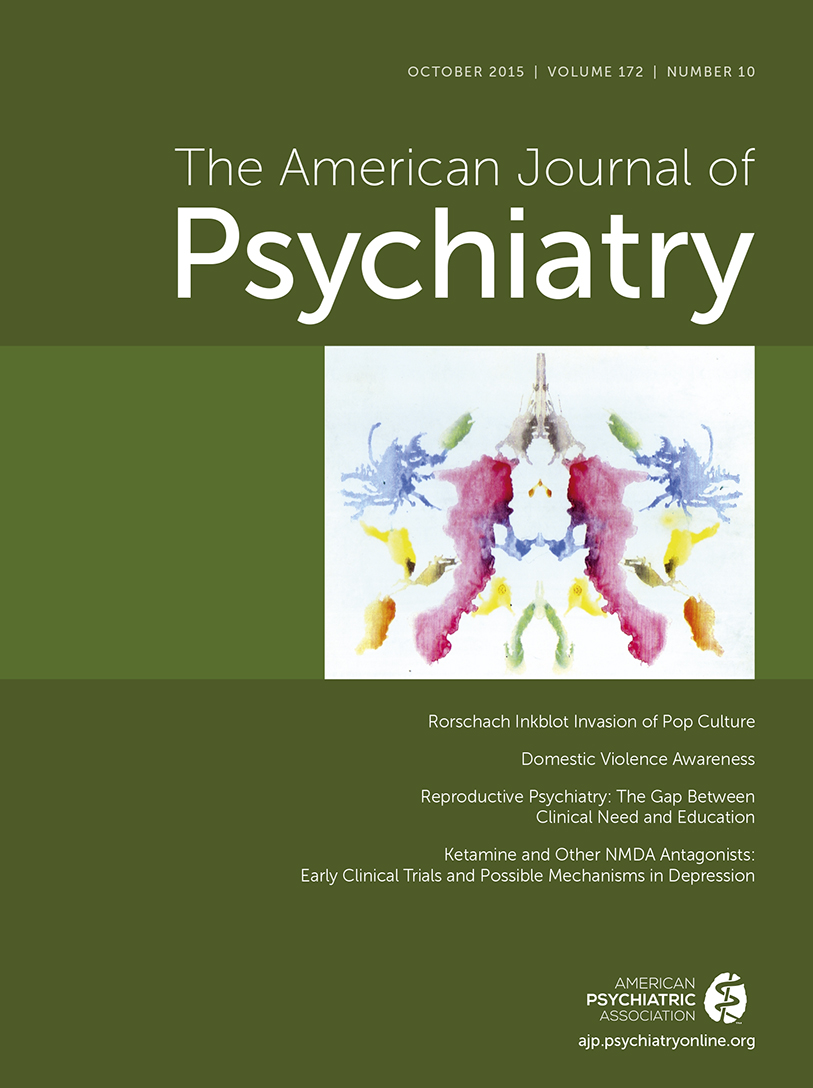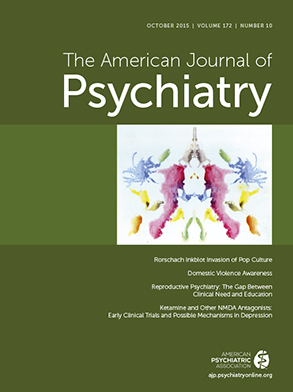T
o the E
ditor: In our clinical trial (
1), we found that soldiers who received brief cognitive-behavioral therapy (CBT) were significantly less likely to make a suicide attempt during the 2-year follow-up period compared with soldiers who received treatment as usual (hazard ratio=0.38, 95% CI=0.16–0.87, p=0.02). In response to Stankiewicz and colleagues, we provide the results of several post hoc sensitivity analyses to address questions about nonspecific effects of individual therapy.
As recommended by these authors, we first stratified participants into two subgroups according to the total number of individual therapy sessions during the first 3 months: those attending <12 sessions and those attending ≥12 sessions. The estimated suicide attempt–free probability among those attending <12 individual therapy sessions was 95.8% in treatment as usual compared with 100% in brief CBT at 6 months, and was 73.7% in treatment as usual compared with 100% in brief CBT at 24 months. Among those attending ≥12 sessions, the attempt-free probability was 83.3% in treatment as usual compared with 94.3% in brief CBT at 6 months, and was 57.2% in treatment as usual compared with 81.3% in brief CBT at 24 months.
We next used the Cox proportional hazards model, with treatment group entered as the predictor and total number of therapy sessions during the first 3 months entered as the covariate. Overall, brief CBT was associated with significantly decreased risk for suicide attempt (hazard ratio=0.37, 95% CI=0.16–0.81, p=0.02). Separate regressions were then conducted for each stratum. Because of the absence of suicide-attempt cases among participants in brief CBT who attended <12 sessions, a Firth correction was applied. When adjusting for individual therapy attendance during the first 3 months, the magnitudes of effect by strata were comparable to our initial results: <12 sessions: hazard ratio=0.27, 95% CI=0.00–2.75, p=0.48; ≥12 sessions: hazard ratio=0.35, 95% CI=0.14–0.88, p=0.03.
Participants were next stratified into quartiles according to the number of individual therapy sessions attended during the entire follow-up (i.e., 0–12, 13–24, 25–48, and 49+ sessions). The estimated attempt-free probabilities at 6 months and at 24 months are displayed in
Table 1 by treatment group. When adjusting for the total number of individual sessions attended during follow-up, brief CBT continued to be associated with significantly reduced risk for suicide attempt (hazard ratio=0.39, 95% CI=0.16–0.87, p=0.03). Adjusted results by strata favored brief CBT in all cases, though there was insufficient power to detect statistically significant differences: 1st quartile: hazard ratio=0.10, 95% CI=0.00–1.10, p=0.188; 2nd quartile: hazard ratio=0.27, 95% CI=0.05–1.14, p=0.111; 3rd quartile: hazard ratio=0.91, 95% CI=0.19–4.37, p=0.912; 4th quartile: hazard ratio=0.39, 95% CI=0.08–1.56, p=0.228.
Overall, results of these post hoc analyses suggest the effects of brief CBT on the likelihood of follow-up suicide attempts remain reasonably stable even when accounting for the nonspecific effect of individual therapy dose. It is difficult to elucidate treatment effects given the overall study N, but the enduring impact of a brief treatment for suicidal behavior raises interesting questions regarding the unique, effective elements of care.

